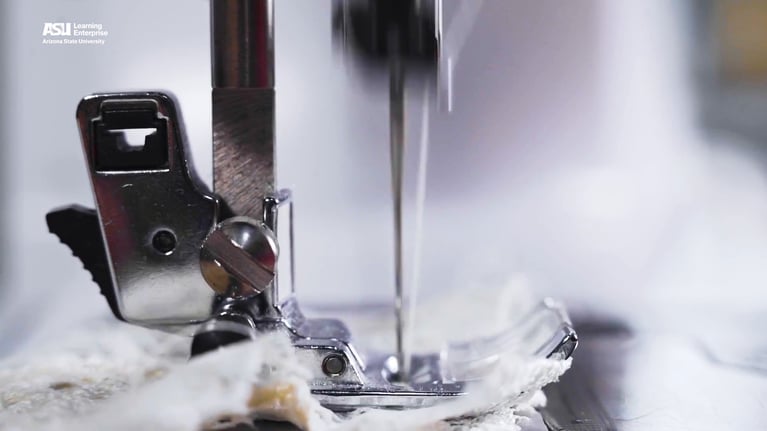Electric car emissions in the way of manufacturing and generating electricity contribute to pollution. Additionally, brake and tire wear on electric cars release fine particles into the air and contribute to road dust. These particles, which include metallic and ceramic materials from brake pads and rubber from tires, can significantly impact urban air quality. Resuspension of particles from road dust is a concern for both electric and internal combustion vehicles. However, electric car pollution is significantly lower due to the absence of tailpipe emissions.
Electric cars do not have tailpipe emissions, but like every vehicle on the road, they still pollute.
Firstly, there are the emissions associated with manufacturing the cars and generating the electricity to operate the cars. But also operating the cars themselves comes with emissions, especially particle emissions. As a car owner you know you have to replace your brakes and your tires because of wear. Let’s first look at braking.
Each time you brake with your car you have mechanical contact between the wheel and your brake pads. Over time the brake pads wear down, losing material as the pads get abraded by contact. The abraded particles are fine and ultrafine atmospheric particles that go straight into the air and some larger particles will contribute to road dust. Many brake pads are metallic or ceramic, hence tiny ceramic or metallic particles are emitted through this mechanism. Research shows that these particles can account for a significant fraction of non-exhaust particles in parking structures and inner cities. The relative importance is less important on highways, where there is generally less braking (although your morning commute might bias your own perception).
Similarly, your tires are wearing down over time when driving; wearing down again meaning material loss. This time the rubber from the tires is getting abraded and emitted into the air or contributing to the street dust. Tires consist of organic material and carbon black which gives it the black color. In some places tire wear particles, as they are plastics, are large contributors to environmental microplastics. The amount of tire wear abrasion depends on the velocity of the car, the road rugosity - how rough the surface is - and the temperature.
Both tire and brake wear particles are emitted no matter if electrical or internal combustion vehicles. The particles are, to a large extent, in the respirable fraction of atmospheric aerosols and hence there are concerns on potential health effects because of their contributions to the overall particle concentrations in urban areas.
Both can also be in road dust, along with many other components such as metallic wear from cars and engines, mineral dust and all kinds of deposited particles. Any vehicle moving through that dust as they roll over the roadway, whether it is electric or gasoline-powered, will re-entrain particles in the air. These particles might have already settled out or might never have been airborne in the first place. This issue of resuspension, particularly in arid regions, can be a substantial source of atmospheric particulate matter.
All vehicles, electrical, zero emission or internal combustion, will cause particulate pollutants from their brakes and tires, and generate and resuspend road dust. The advantage of electrical cars, however, is that they do not include tailpipe emissions, so overall they emit substantially fewer pollutants.


